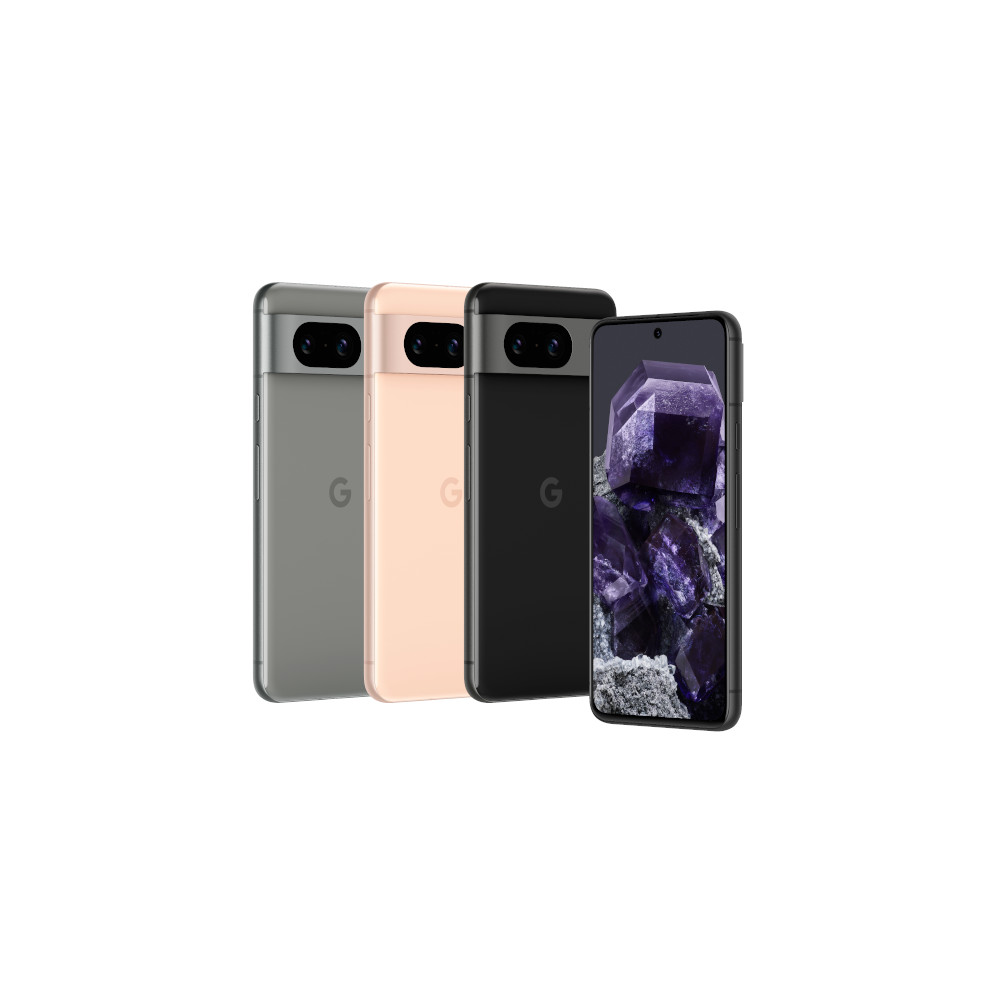Affiliate links on Android Authority may earn us a commission. Learn more.
There's a real gap between the Google Pixel 8 and Pixel 8 Pro
Published onOctober 11, 2023
Historically, there hasn’t been much to separate Google’s Pro-level Pixels from the standard models. Yes, the Pro-level phones have had bigger displays, dedicated zoom cameras, and extra RAM and storage, but the overarching experience of using a Pixel phone was the same.
Google’s Pixel 8 Pro finally changes all that, with a mix of extra hardware and now exclusive software features to make its top-tier flagship worthy of the Pro moniker and help to justify its $300 price gap over the standard Pixel 8. I’ve had my hands on both Pixel 8 phones for a week now, and below I’ll be running through all the major differences I’ve found between Google’s eighth-gen Pixels.
Lights, camera, magic
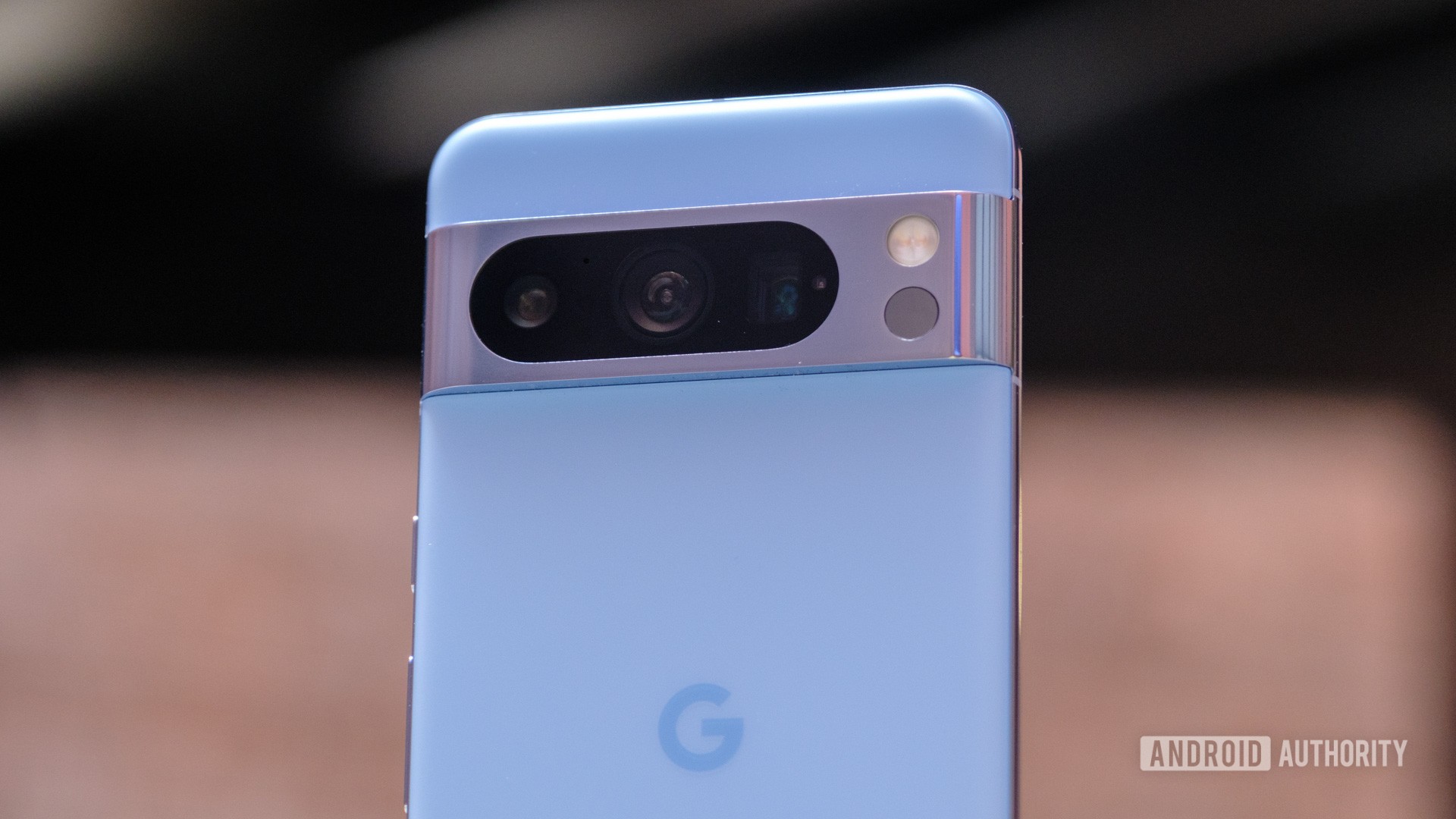
Previously, the telephoto sensor was the easiest way (aside from size) to tell Google’s Pixel Pro from its base model. Both the Pixel 6 and Pixel 7 series shared nearly identical hardware across their wide and ultrawide sensors, with the third lens adding Google’s extra punch to keep it among the best camera phones around, even if it didn’t add the level of zoom capability found on Samsung’s Galaxy S23 Ultra. Even the software features were identical, with Night Sight, Motion Mode, and Magic Eraser setting the Pixels apart from their Android competitors. Now, the gap is just a little bit wider.
Yes, the 48MP telephoto lens is still a great differentiator, with the Pixel 8 relying on Google’s computational photography smarts and camera cropping for long-distance snaps. But the Pixel 8 Pro now has a superior ultrawide camera to boot. Google swapped the previous generation’s 12MP snapper, which can still be found on the Pixel 8, for a 48MP sensor with a wider f/2.0 aperture. It now has smaller individual pixels out of the box, though pixel binning by default gives the Pro model some extra low-light punch — especially when combined with the upgraded aperture. Despite the different resolutions, both ultrawide sensors offer the same 126-degree field of view.
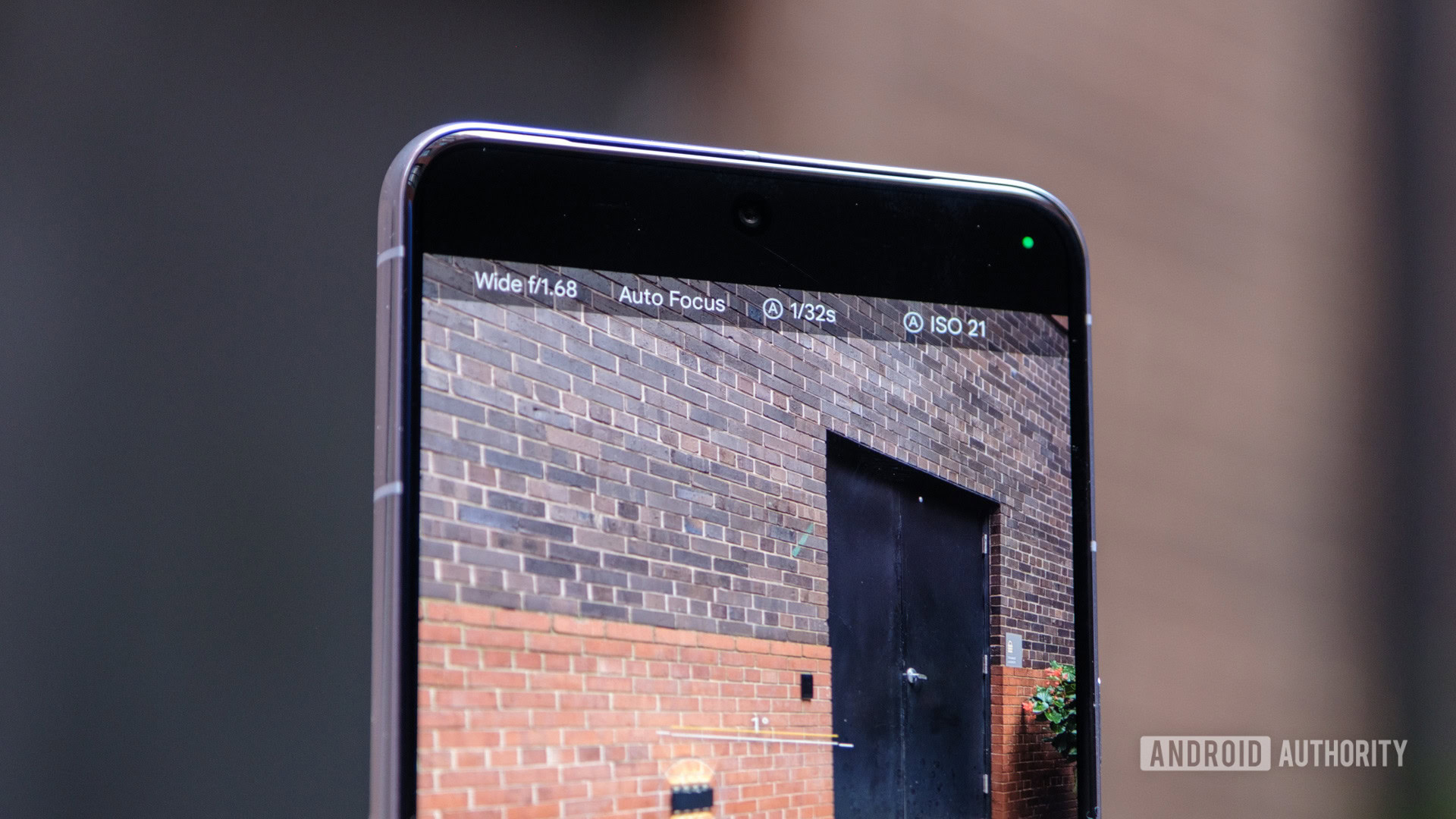
The other, arguably more important, Pro-level camera feature to arrive on the Pixel 8 Pro is one we’ve been begging for. After years of encouraging users to press the shutter button and trust the phone to do the rest, the Pixel 8 Pro lets you take in-depth control over your manual settings to make images feel more like your own. It has slider menus for everything from the white balance and shadows to the shutter speed and ISO. Of course, you can still let the Tensor G3 do most of the thinking — and I probably will — but it’s nice to finally have the option. Even if you decide to dig into the manual settings, the Pixel 8 Pro will still lend a hand with post-processing.
On top of the manual controls, the Pixel 8 Pro has a few exclusive video features coming later in the year which I sadly haven’t had the chance to test out just yet. The most powerful features fall into what Google calls Video Boost, where it runs your video captures through its data centers to reduce grain, correct colors, and stabilize the images for more usable results. Of course, this doesn’t happen instantaneously — Google says it can take a few hours to fully process — but it’s another way to make the Pixel 8 Pro a more capable video tool than the vanilla Pixel 8. Night Sight Video falls under the same umbrella, applying the same treatments to content captured… at night.
Feelin’ the heat (or cold)
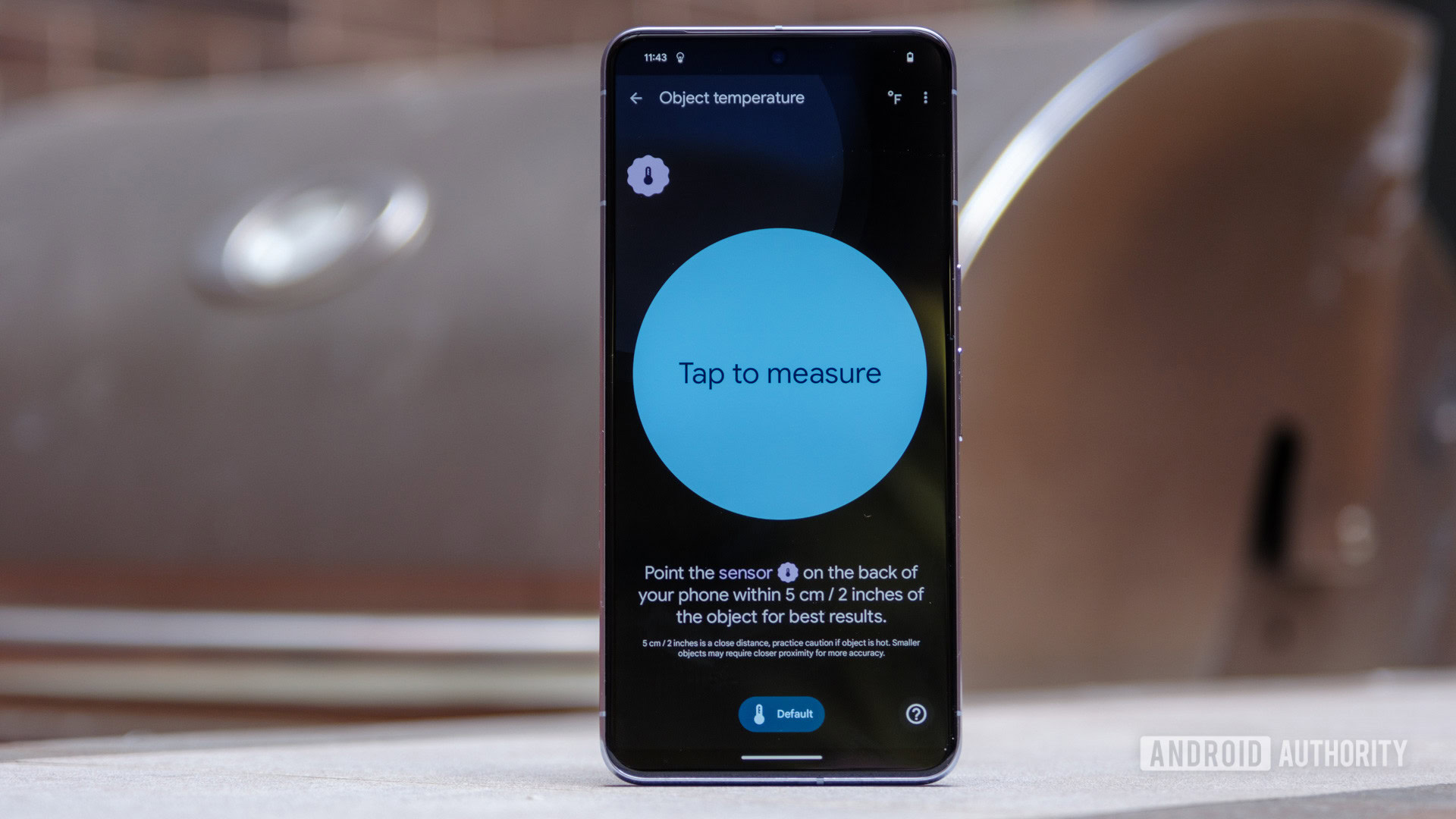
It’s been a while since we’ve seen Google get truly experimental with its Pixel lineup. The Pixel 4 introduced advanced face unlock and showed off Motion Sense as a result of Project Soli, only for both features to disappear — or at least take a step back — in recent years. Google pivoted toward the upper mid-range market with the Pixel 5, then revamped things with the Pixel 6 and Pixel 7 series’. It skipped the quirks to iron out its in-house chipset and polish the camera bar.
Then, the rumors started. Renders showed off a Pixel 8 Pro with, of all things, a temperature sensor. Even at the tail end of a global pandemic, it seemed like an odd decision — perhaps one that didn’t account for the development cycle of a smartphone. The temperature sensor turned out to be more than a rumor, arriving as an exclusive on the Pixel 8 Pro and promising upcoming FDA approval for use on people. Granted, the temperature sensor is one of Google’s sillier gimmicks — I can’t see myself using it, well, ever — but at the same time, I like what it stands for.
It might not stick around, but the Pixel 8 Pro's temperature sensor means Google is back to experimenting.
The fact that Google saw fit to add a temperature sensor to its Pixel 8 Pro means that the company has reached a certain comfort level with its design. The Pixel 6 series was a radical shift, followed by a refined — but not that different — Pixel 7 series. Now, the Pixel 8 Pro is embracing feedback from the last few generations, like the matte finish and flat display, and Google is back to experimenting with quirky little wrinkles. It might not (read: almost definitely won’t) stick around, but occasionally, Google’s experiments leave us with genuinely useful features like Quick Tap.
At worst, the Pixel 8 Pro’s temperature sensor is a once-and-done gimmick reacting to COVID-19 just a bit too slowly. At best, it’s a sign that the Google design team is back to thinking about unexpected tools that can make life better. Either way, it’s a bonus for users who opt for the Pro model, even if it’s not useful for much more than checking the temperature of your morning coffee.
The finer things
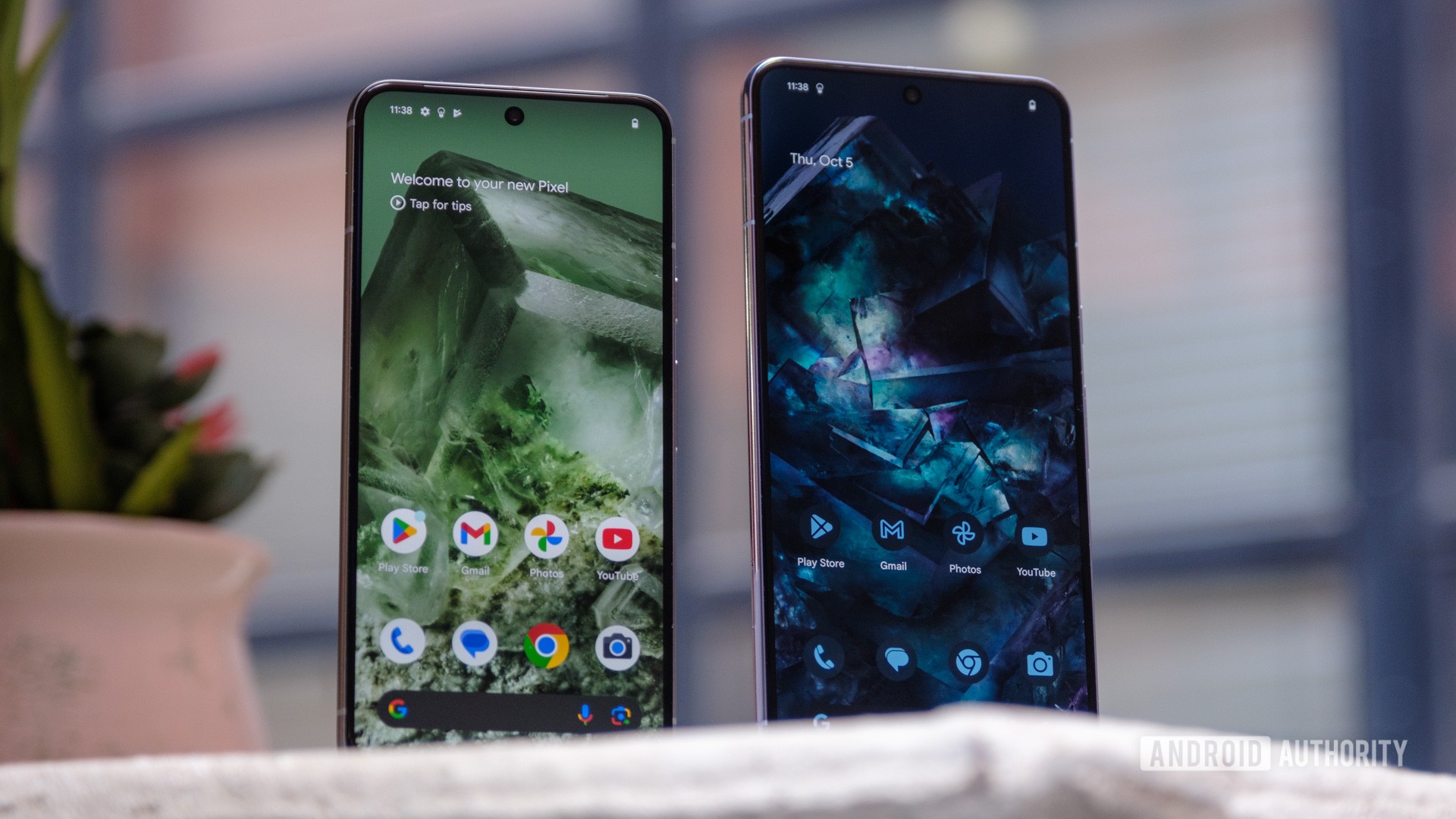
While the upgraded cameras and temperature sensor are the Pixel 8 Pro’s obvious one-two hardware punch, it has several smaller upgrades that round out the overall package. Individually, they don’t necessarily justify the Pro moniker, but together, they bring a level of polish that defines the Pixel 8 Pro experience.
The first such upgrade is the Pixel 8 Pro’s display. It’s now a flat AMOLED to match the Pixel 8, and both phones have rounded corners, but the premium model takes everything else just a bit further. It offers a truly variable 1-120Hz refresh rate (the Pixel 8 can only drop to 60Hz) and supports brightness that could make Apple’s iPhone 15 Pro Max blush. Google’s Pixel 8 Pro touches 1,600 nits in high brightness mode with a peak of 2,400 nits, while the standard Pixel 8 opts for 1,400 and 2,000 nits, respectively.
Enhanced brightness, a truly variable refresh rate, and a smudge-free Gorilla Glass Victus 2 finish are the icing on the Pixel 8 Pro's cake.
On top of the upgraded display, the Pixel 8 Pro finally brings faster charging to the table. It bumped the Pixel 8 Pro’s wired charging to support the full 30W clip rather than 27W and raised its wireless charging speed to 23W. Both rates are quicker than the base Pixel 8, which got a boost to 27W and 18W, respectively. Of course, you’ll still need Google’s in-house block or a compatible USB PD PPS alternative to sniff the best charging experience.
Rounding out the spec sheet, the Pixel 8 Pro packs more RAM (12GB instead of the Pixel 8’s 8GB), meaning it can better handle on-device AI implementations as they continue to roll out. Google also added options for up to 1TB of onboard storage to its premium flagship, four times the Pixel 8’s maximum of 256GB. It even has ultra-wideband support for better location accuracy, though that won’t matter to everyone (though it might if Google finally releases an AirTag alternative). Oh, and did we mention that the Google Pixel 8 Pro opts for Gorilla Glass Victus 2 on the front and back vs the Pixel 8’s first-gen Victus glass? It adds one last premium touch to an all-around excellent package.
Do the Pixel 8 Pro's features justify its price increase?
At the end of the day, the Pixel 8 Pro feels like the best, most complete Android phone that Google has ever made. Sure, it picked up a $100 price increase, but the Pro moniker carries weight (even if the temperature sensor is a bit silly), and it’s easier to justify spending the extra money vs the Pixel 8.
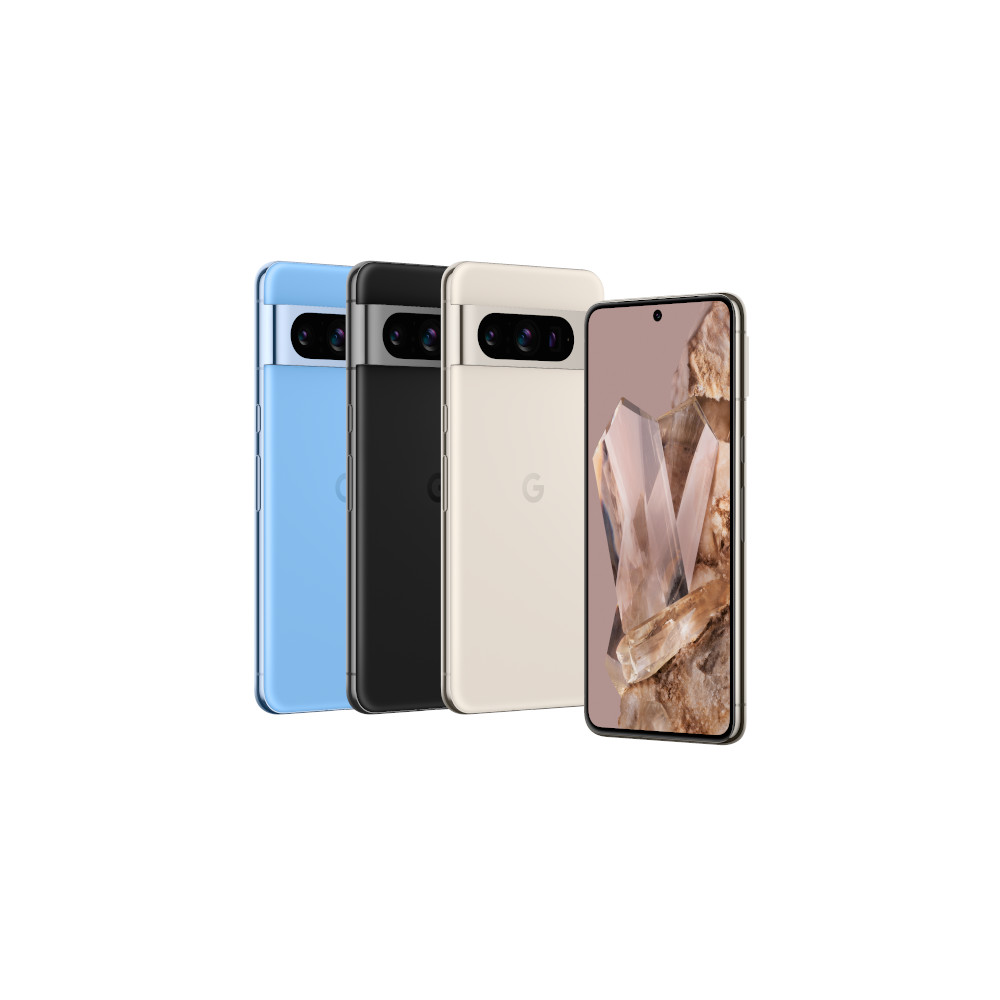
Fun, exclusive Android 14 customizations
Industry-leading update promise
